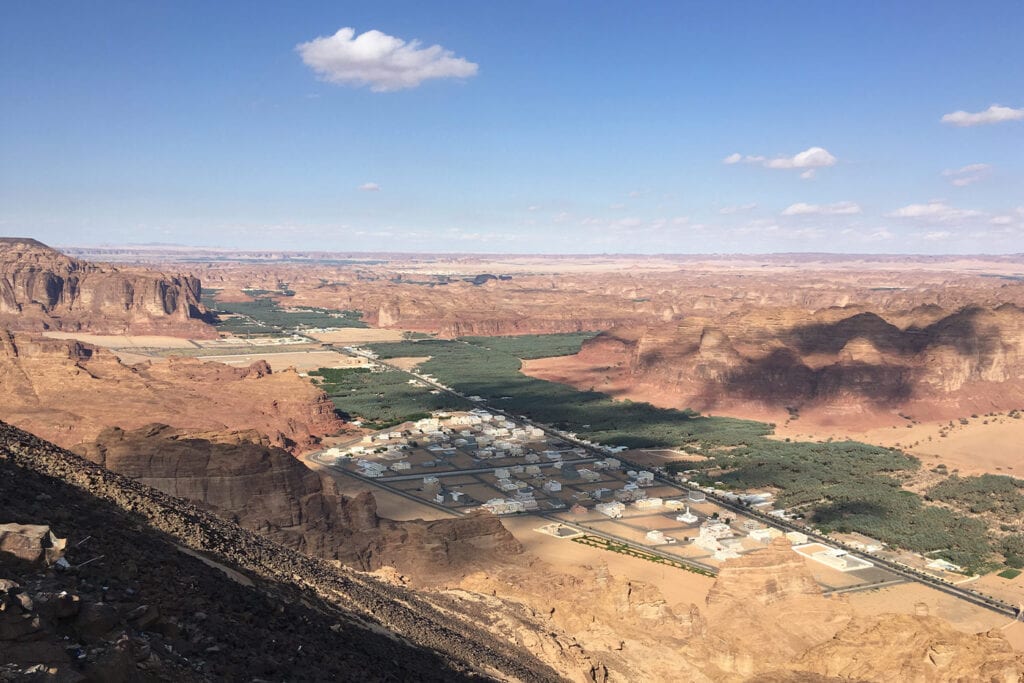The principles of a circular economy – and how it can help fight the climate crisis
In the battle against the climate crisis, we must use all the tools at our disposal. A circular economy – one that reduces waste and pollution, focusing on the recirculation of products and materials – can play a key role in creating a future where climate change and biodiversity loss is diminished and managed, and reduction of exploitation of natural resources is centred as part of the solution.
It is widely accepted that current practices, within economies, societies and communities, are negatively affecting the world we all share. The climate crisis is just that – a crisis. However, the clear need for change has prompted a wide swathe of systems, practices and actions that are designed to fight the climate emergency on all counts. One of those that grows in importance is the idea of a circular economy.
What is a circular economy?
On the surface, the concept of a circular economy is straightforward and one that has a surprisingly familiar feel for those of us who are increasingly surrounded by the message of ‘reduce, reuse, recycle’. If products and materials are part of a continuing cycle of use, then waste is reduced, with corresponding positive effects to our environment. This simple explanation still holds true.
According to the Ellen MacArthur Foundation, a circular economy ‘tackles climate change and other global challenges like biodiversity loss, waste, and pollution, by decoupling economic activity from the consumption of finite resources.” This excellent explanation includes many of the main principles of a circular economy, especially the main aspects it fights to change: climate crisis, biodiversity loss, waste and pollution. It spans multiple industries and sectors. A circular economy is part of efforts to protect and enhance our environment for future generations.
However, dig a little deeper and we can uncover systems that are more complex – and impactful – than simply having a reusable water bottle or dutifully putting out our recycling at the roadside on a weekly basis.

Why is a circular economy important?
A circular economy is part of a holistic approach that considers a wide variety of strategies to fight the climate crisis. (It also creates value across multiple economic sectors, strengthening competitiveness through supply chain cooperation, product and process innovation, technology adoption and unlocking new skills and opportunities for employment.).
As the world enters a critical stage in creating policies, strategies and approaches on how climate, biodiversity, pollution and social justice crises can be tackled, circular economy principles can play a key role.
This work is needed because of the rapid changes and dangerous events we increasingly see as an effect of changes to our climate, with human activity as a principal cause. There are a slew of effects that are causing harm to multiple sectors and communities. From rising temperatures to extreme weather events, to negative health outcomes and food and water insecurity, it is clear that action must be taken.
Circular economy principles
Repairing, refurbishing, reusing, maintaining, leasing and finally recycling products and materials and products is at the heart of a circular economy. A circular economy reduces resource use, prioritises the reuse of existing materials, reduces waste and land, sea and air pollution, and regenerates natural systems. At its core, a circular economy is about longevity, long life design and challenging an economic system that only values the new.
Additionally, reduction of exploitation of natural resources is critical; any reduction of waste and pollution is not enough if extraction and consumption of materials is allowed to continue unabated.

How to deal with waste – and to how encourage reuse and recycling to ultimately reduce waste – is a key challenge when considering a circular economy. Joshua Apperley is now climate emergency change manager at Buro Happold and previously worked in the waste management team on discovering circular economy opportunities in waste, and beyond.
He said, “For something like a development project at Buro Happold, the circular economy means looking at ways to reduce the amount of materials from the outset, in order to reduce initial extraction, and then prioritising materials that come from reused or recycled sources to reduce virgin material consumption.
“It also means looking at the material impact in terms of operations, as well – such as the waste generated by the construction process and by the use, operation and eventual demolition of a building.”
The circular economy means looking at ways to reduce the amount of materials from the outset, in order to reduce initial extraction, and then prioritising materials that come from reused or recycled sources.
Joshua Apperley, climate emergency change manager, Buro Happold
However, a circular economy is not just about material waste. Resource extraction and processing leads to a vast amount of emissions; resource reduction, supported by circular economy principles, will have a clear impact in carbon and other emissions cuts.
Luke Lombardi is senior sustainability consultant at Buro Happold. He said, “A circular economy makes a lot of sense from an embodied carbon perspective. It is a way of thinking about how we can be responsible with our resources, and to develop systems and structures to expand the life cycle of those resources. This is part of how we mitigate against future emissions and prevent further resource exploitation and biodiversity loss.”
What next?
Adoption of a circular economy approach is increasingly seen in a wide variety of sectors. One that will be familiar to many is the fashion industry, with a push back against the idea of ‘fast fashion’. This comes both from industry and from consumers, with a particular focus on changing patterns of behaviour from those consumers. Another sector is plastics; increasingly, single use plastics are being shunned. The use of alternative materials and repeat-use products grows in popularity.

These examples are about shifting mindsets and making circular choices easy for the consumer. Ensuring that the circular economy actions and choices are simple, desirable and attractive is an important part of encouraging individuals and organisations to choose them. Considerations for products and materials for a circular economy also should be safer and less toxic by design, ultimately leading to better public health outcomes.
A circular economy is less about convincing companies to take less ‘bad’ action and more about regenerative and circular work that will have such a positive effect.
Kirsten Melling, associate sustainability consultant, Buro Happold
Kirsten Melling is an associate sustainability consultant at Buro Happold. She said, “I feel we need to make these actions so desirable that we can’t help but want to do it. That has been a positive mental shift for me; it is less about convincing companies to take less ‘bad’ action and more about regenerative and circular work that will have such a positive effect. I’m trying to shift the narrative towards taking the opportunity to build a better future for us all.”
Learn more about Buro Happold’s services within a circular economy here.




